Unearthed Beauty: The 10 Most Elusive and Rare Gems Worldwide

As an expert jeweler with a deep love for gems, I’m constantly amazed at how beautiful and rare the Earth’s treasures are.
Most people know about diamonds, rubies, and emeralds — but there is much more to find.
There are over 300 species of precious stone known to man – some so rare that they put even famous diamonds in the shade.
Normally, these exceptional stones only live on in museums or private collections, treasured as works of art, unlike any others.
Most people will never have seen these fantastic wonders up close, but we can still get to grips with their fascinating backstories and singular properties.
So join us on a journey through 10 of the most elusive and extraordinary gems from around the world – each one boasting its tale of unearthly beauty.
Tanzanite
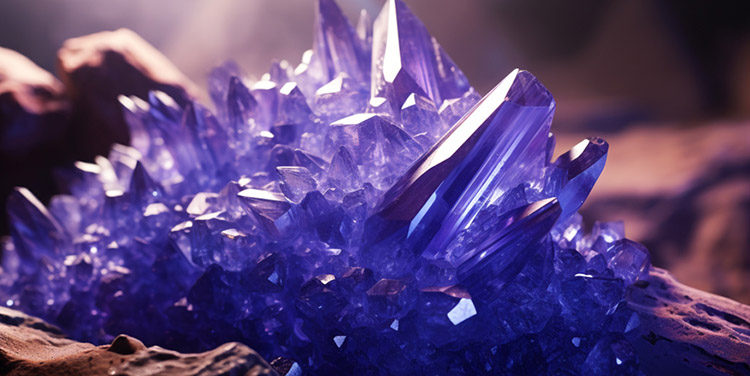
With its range of captivating shades, from the deepest blue to vibrant purple, tanzanite has an allure all of its own among gemstones.
Among the relatively young stones in existence – it was discovered in 1967 – it is rapidly growing in popularity and has acquired the nickname “December moonstone.” It takes its name from Tanzania, where it originates.
Tanzanite’s attraction is not only about how it looks. Predictions that reserves will be exhausted within 30 years add to a sense that there is something special about this gem.
In order to enhance its color and transparency, tanzanite can undergo thermal treatments or optical coatings.
Among those who believe in such things, wearing tanzanite symbolizes well-being, prosperity, and protection from harm.
Adding to its appeal for collectors and enthusiasts is the fact that these qualities are said to become stronger if one wears a jewelry set with particularly large examples of this already quite rare stone.
Whether set into a statement ring or hanging on a delicate pendant as part of the multi-gemstone piece, there’s no denying that tanzanites have an enormous presence.
Taaffeite
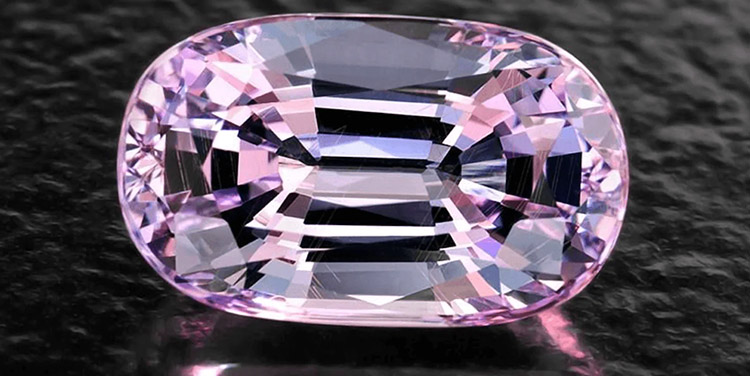
Prepare to be amazed by Taaffeite – the gemstone that remains a mystery even now.
First identified in 1945, this precious stone has attracted admirers thanks to its extraordinary properties.
Although initially mistaken for spinel, which looks similar, it was swiftly recognized as something distinct because of how it bends light.
So few deposits of Taaffeite exist, and they are so exclusive to Sri Lanka and Tanzania that this is an exceptionally precious gemstone.
And interestingly, too, most of what is found is not good enough quality to use – underlining once again how rare and valuable it is.
The closest visual analog would be amethyst - nothing else comes close.
Blessed with extraordinary scarcity (and mesmerizing hues), Taaffeite thus became a hit with collectors and jewelers alike.
Its rarity plus backstory equals intrigue aplenty when it comes to any gemstone.
This one remains almost unknown – prepare to meet your new obsession.
Demantoid
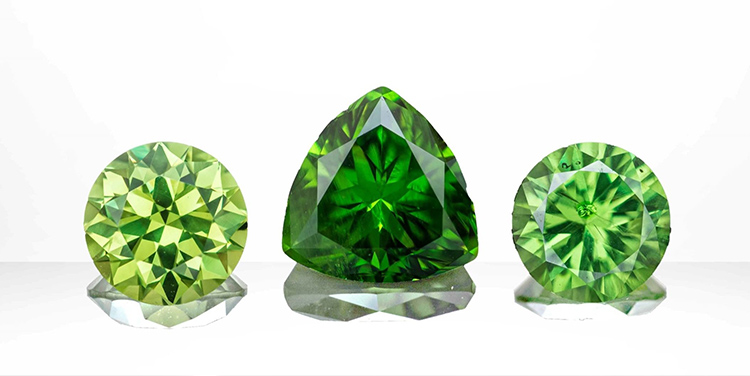
In the world of precious stones, demantoid garnet takes center stage.
This captivating and elusive gemstone is known for its green coloration and distinctive optical properties. It really is like no other.
What sets demantoid garnet apart from other gemstones is its bright green hue – varying from vivid to intense shades.
Among its remarkable features are high transparency and a mosaic effect that scatters light into colors, creating a dazzling glare reminiscent of a rainbow — hence, it has been called “nature’s disco ball.”
Due to scarcity in nature, demantoid garnet is more commonly found in museums or private collections than on the open market.
However, passionate collectors have opportunities to buy rings showcasing this extraordinary beauty.
From vibrant coloration to a captivating play of light, demantoid garnet encapsulates unearthed beauty at its best.
Black Opal
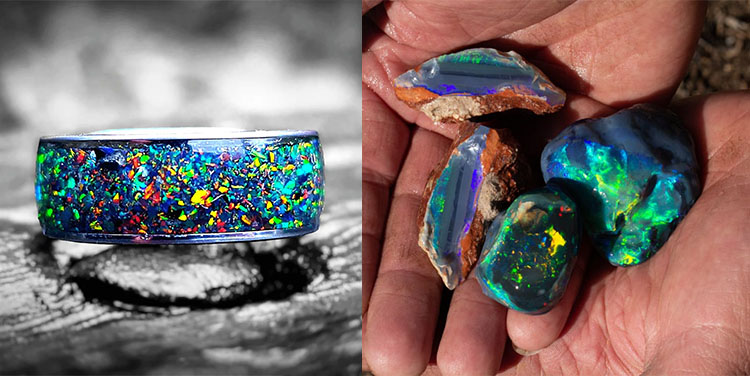
Among the rarest of gemstones is the captivating black opal.
Its rich dark shades, shining through, evoke a sense of preciousness, and its deep and varied colors – which can include gray, dark blue, or almost black – truly mark it out.
What makes black opal so very special are its stunning flashes of color.
These seem to dance around within the stone when it catches sunlight.
Such flashes might be dominated by hues such as gray or almost black, but they can also feature darker blues, greens, and purples.
The transparent quality of this translucent gemstone ensures that light can illuminate it from behind, adding otherworldly iridescence to its colors.
The rarity of black opal has elevated its status above many semi-precious gems.
Even though much jewelry does not usually feature them because, they’re often found only in Australia (most notably at Lightning Ridge) and because their unique qualities make them harder for setters to use.
That said, these days, you’ll find examples in plenty of art pieces – since they’re associated with mystery and magic as well as being beautiful things in themselves.
Benitoite
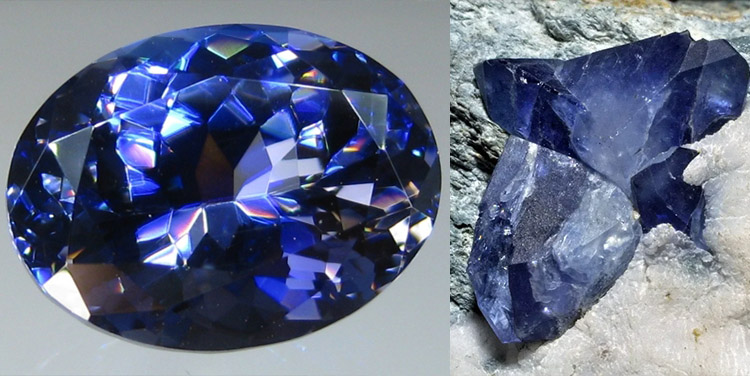
Another gem, considered one of the rarest on Earth, is benitoite.
Discovered in 1907 in San Benito, USA, the mineral has a devoted following among gem enthusiasts for its jaw-dropping good looks.
It’s not hard to see why people get so excited about benitoite: many would argue it’s one of the most beautiful minerals known to man.
It comes with an array of unique and highly desirable features.
One key feature of this stone is that it exhibits color changes between light blue, green, and purple (or any combination), adding an extra level of intrigue to something already quite unusual.
This is because benitoite also appears to be bicolored – showing different colors when viewed from different angles – making it interesting from multiple perspectives.
The transparency is good, and the saturation of color is extremely high, which means that when exposed to daylight, benitoite can send back shimmering reflections.
And if all that isn’t enough reason for you to fall in love with this stone, there are even symbolic reasons why you might treasure benitoite.
The gemstone has been said by some experts to represent inspiration as well as peace and harmony.
Padparadscha Sapphire
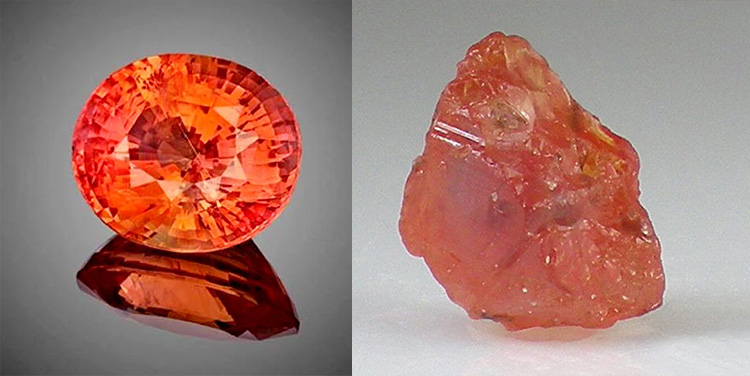
The Padparadscha Sapphire, known as the lotus sapphire, is an extraordinary gem.
What makes this rare stone fascinating is its captivating color, which brings to mind delicate lotus petals.
This hue can range from light pink to deep red and alters with the presence of chromium.
The best sources for this valuable variety of sapphire are Sri Lankan mines—
though it’s possible to find other deposits in Madagascar, Thailand, or Tanzania—as long as you want a lively color and rarity that has made these gems coveted by collectors and enthusiasts.
But there’s more than just visual appeal at work here: The stones also have symbolic significance.
Padparadscha Sapphire supposedly represents love, passion, energy, and prosperity—and they’re said to bring all those things into your life if you wear one.
Though seeing a pad in person may be difficult because they are so rare, their beauty seems out-of-this-world special.
Red Beryl
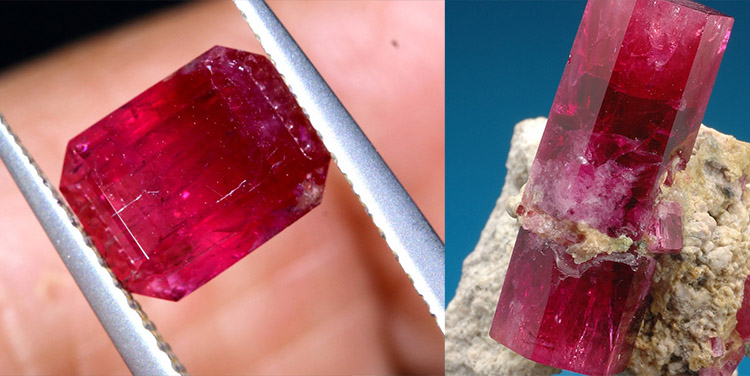
The Red Beryl, also known as bixbite or red emerald, is one of the most captivating and elusive gems on Earth.
This gemstone is so rare that those who own it are considered to be part of an exclusive club. It’s by far one of the hardest gems to collect in the world.
This precious stone has a vibrant red or reddish-pink hue that can vary depending on how much manganese is present in its chemical composition.
The United States Red Beryls are often seen as being top quality and more valuable than those from other countries.
But it’s not just its scarcity that makes red beryl special; it holds deep symbolic meaning across cultures.
Often associated with energy, love, and passion, this gemstone is thought to inspire intense emotions and is viewed as a potent symbol for creators.
Red beryl jewelry isn’t typically exhibited at retail outlets because mining opportunities are limited due to supply constraints.
When you see someone sporting this precious stone in their piece of jewelry, you know they have access to unique materials and appreciate nature’s rarity.
Alexandrite
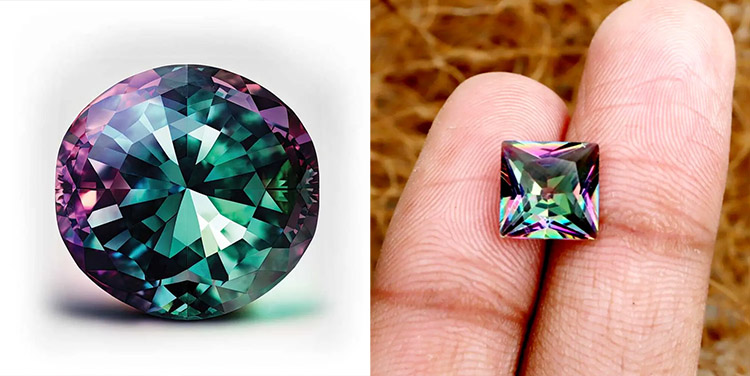
One of the rarest gems on Earth, the alexandrite, is known for its captivating ability to change color depending on the light source.
Indoors, under artificial lighting, it might appear green or blue-green; outside in daylight, red-purple or crimson.
The gemstone is most often found in Sri Lanka, Brazil, and East Africa (Tanzania, Madagascar, and Zimbabwe).
But its rarity is not its only appeal.
Alexandrites are said to have been associated with good luck in Russian folklore and, in some cultures, symbolize change and imagination – as well as bringing intelligence, success, and wealth to their owner.
They can be bought as jewelry, but they do not come cheap – reflecting both their desirability and scarcity.
Alexandrites are a real treasure to own that will captivate your senses.
Jadeite
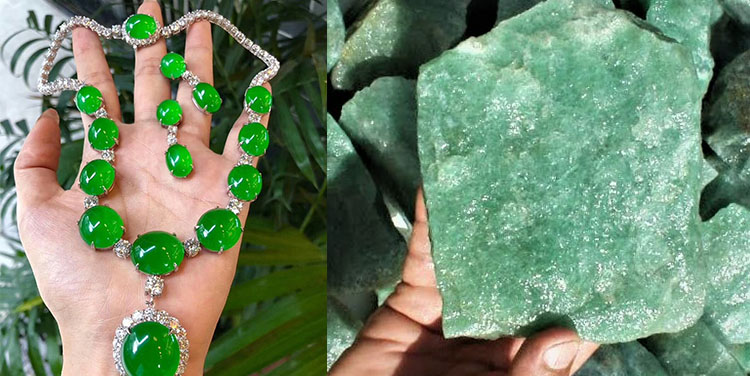
An extraordinary mineral that encompasses two different types of rock, jadeite is a much-loved material in a variety of cultures all over the world.
This ancient and extremely unusual stone has something quite magical about it: it represents spirituality and values that are highly cherished.
At any one time, the intriguing shades on display can range from delicate white to deep purple, but it’s green – especially a mesmerizing and pure pale shade of this color – that holds the most value.
In Chinese dynasties that date back many thousands of years, as well as with Mayan societies in Central America during the same period, jadeite was incredibly important for what it represented: wealth and power, long life, and good fortune.
It was woven into their daily lives to such an extent it was considered some kind of talisman or lucky charm.
Jadeite meant more than just its worth, though ‒ genuine spiritual engagement, too.
Such was its association with Buddhist statues (and other sacred artifacts) that anyone who had access to this particular gemstone could harness divine harmony by keeping hold of these items.
Even now, people suggest they have unlocked true wisdom when they wear or use jadeite;
real harmony surfaces at points when they feel at their most balanced spiritually or both.
Musgravite
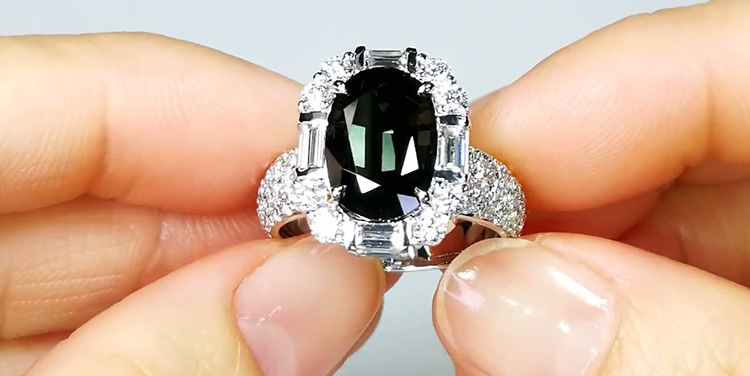
Musgravite, dubbed the world’s rarest and most precious gemstone, is a true marvel of nature.
It was discovered in 1976, but it wasn’t until 1993 that jewelers were able to work with the first sample.
Since then, only just over a dozen specimens believed to be musgravite have been documented – adding to their allure.
So exceptionally rare is this unique mineral that even private collections seldom include it;
if you want to see an actual piece of musgravite, your best bet is likely a museum or the Institute of Gemology.
Its unparalleled scarcity has made it one of the most sought-after gems for enthusiasts and collectors.
With its captivating greenish-grey hue and unprecedented rarity, musgravite is a testament to unearthed beauty hiding deep within our planet’s raw materials reserves.
Bottom Line
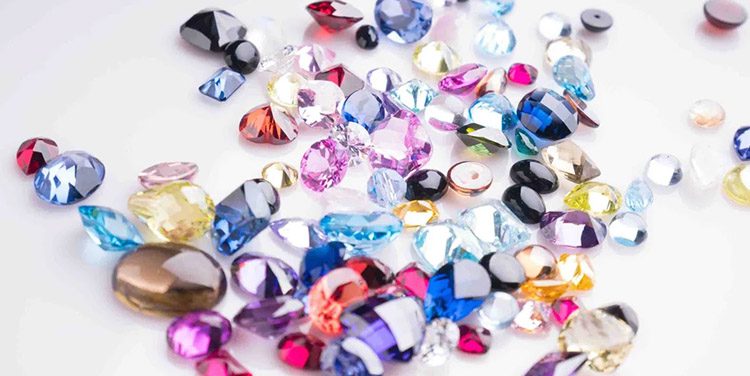
From elusive musgravite to other hidden wonders yet to be uncovered when it comes to the rarest gems on Earth, beauty knows no limits – and so does their appeal for both collectors and enthusiasts.
Most people will never come across such stones personally, but that adds further mystique around them, given how few there are.
So keep marveling at nature’s extraordinary creations while we still have them: finding these uncharted gems may not get any easier as time goes by.


Leave a Comment